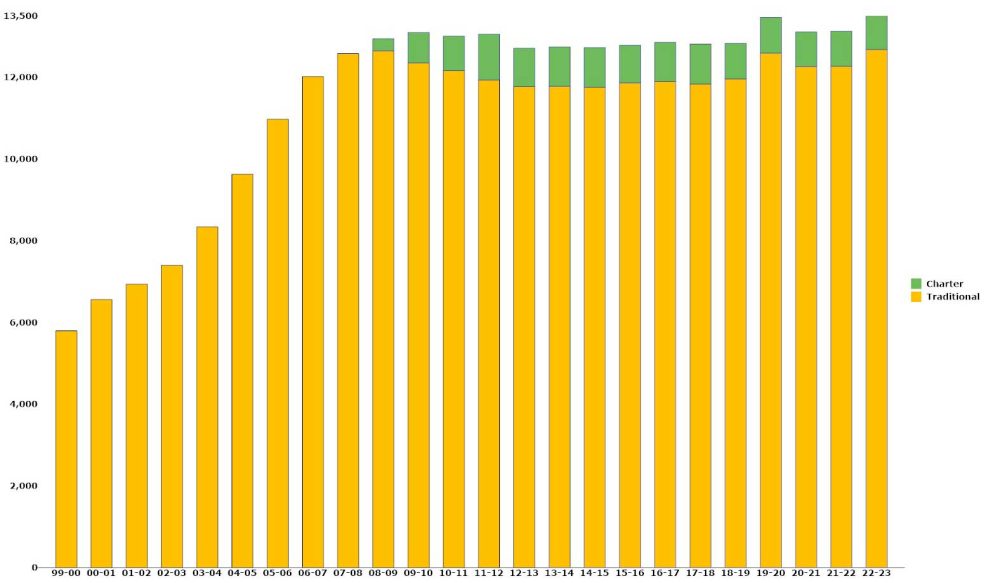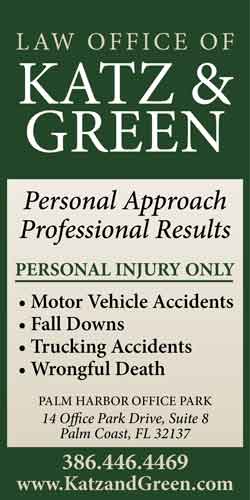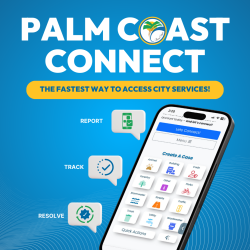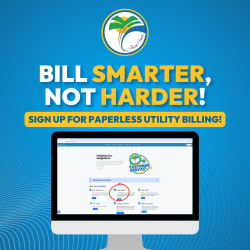
Two decades ago Flagler County schools set enrollment records every year, at one point growing by more than a thousand students a year for two successive years. The records ended with the 2008-09 school year, when enrollment topped off at 12,652 in traditional public schools, with an additional 292 students in charter schools–privately run schools run at public expense.
Enrollment in the district’s nine traditional schools has since declined by a few hundred or remained flat–until this year. For the first time since 2008-09, the district has set a new enrollment record, if barely so: the nine traditional schools and the district’s virtual school currently have an enrollment of 12,681, with an additional 900 students at Imagine School at Town center, currently the lone charter school in the district, for a total of 13,581.
It is, according to district spokesman Jason Wheeler, the “anticipated growth that we thought we’d see, especially the at northern end of the county,” with Matanzas High School now at 2,001 students, due in part to rezoning. Last year in May Matanzas enrollment was under 1,700. Flagler Palm Coast High School was at 2,583. FPC enrollment as of last week was at 2,527, barely a decline.
It is still not the substantial growth that the district has been speaking of for the past year and a half, or the sort of growth that might have been expected to parallel the ongoing building boom in Palm Coast and the rest of the county.
Palm Coast has recorded 3,466 single family and duplex permits since January 2021, an average of 182 permits per month. Based on the district’s calculations of how many students are generated by new housing, that should have produced 284 new elementary school students, 177 new middle school students and 277 high school students, for a total of 743 new students during that period–in Palm Coast alone. The actual number for the entire county (comparing enrollment at the end of 2020 to enrollment now), is 470.
Still, the number is not far off a July 2021 study conducted for the district by a consultant ahead of a recalculation of school impact fees. That study lays out the formula for calculating new enrollment based on new housing stock. It projected district enrollment of 12,264 by the end of 2021, of 12,511 by the end of 2022, and 12,758 by next May. The figure for 2021 was off by 236 (not counting charter school enrollment).
There is considerable lag time between the issuance of a building permit and occupancy of the home. But demographic numbers issued by the Census Bureau have shown a much larger share of residents 65 and over compared to a decade ago: a lot of those new homes are selling to people who do not have school-age children, and several new developments are age-restricted. But the projection for this year is so far off by only 77, with several months to go in the school year–and new enrollment continuing in schools such as Indian Trails Middle, according to Wheeler. The development and home-building community had disputed the projections in the study, conducted by Tischler Bise of Bethesda, Md. For now, the study appears closer to the mark than not.
The study projects continuing growth, with a net increase of 2,328 students between 2020 and 2030, requiring the district to build a new middle school and a new high school. The district is planning to do that in the middle to latter third of this decade, and is building an addition to Matanzas High School this year.
But the latest enrollment numbers continue to show a pronounced difference between upper grade enrollment and elementary school enrollment. That difference is dramatic when comparing kindergarten enrollment this year (just 865) with 10th grade enrollment (1,237). If that trend holds, the district’s projections may have to rethought.
There’s another another factor draining students from traditional public schools. The state Department of Education, led by legislative edicts, is pushing students off to private schools, at public expense, using so-called “vouchers.” The state requires local districts to set aside millions of taxpayer dollars to ensure that parents who want to enroll their students in private schools, including parochial, schools, may do so, with tuition paid through public dollars. This year’s voucher drain on the Flagler district created a multi-million dollar hole. (See: “Flagler Schools’ Budget Is Millions Short from 10 Years Ago as District Is Forced to Shift Tax Dollars to Private Schools.”)
School enrollment has been a focus of the district and all other local governments for over the year for two reasons: the district earlier this year increased its school impact fees, the one-time levy builders pay on a new residential home to defray the cost of the expected new student enrollment it will bring, and with it the cost of new schools. (Homes in age-restricted communities are exempt.) The district wanted to double its impact fee to $7,175, for single-family homes, an increase of $3,575.
The County Commission, which has final say on impact fees, resisted. The actual impact fee of $5,450–not even keeping up with inflation: in inflation-adjusted dollars, the school board’s impact fee that went in effect in 2005 is now the equivalent of $5,591, or $41 more than the impact fee approved. That approved impact fee will be losing value every year, hampering the district’s ability to plan for schools.
The county agreed that the impact fee would be raised in increments of $500 for every 500 additional students enrolled in the district.
The two middle schools–Buddy Taylor and Indian Trails–were expected to see their enrollment jump, as this is the first year that sixth graders have been shifted to the middle schools. Enrollment at Buddy Taylor is 1,348, up by 300 students over last May, and at Indian Trails it’s 1,510, up by 600 students over last May. “We’re seeing a lot of out of state there, kids still being enrolled from out of state at Indian Trails,” Wheeler said. Portable classrooms were installed at Buddy Taylor during the summer to accommodate the growth.
Elementary schools’ enrollment is lower, since they no longer have 6th grade, but not by much at Belle Terre Elementary: It was 1,433 last May. It is now 1,184. Wadsworth Elementary is now the district’s smallest school by enrollment, falling from 928 last May to 747 currently.
The state bases its funding of local school districts on their enrollment, and does so several times a year. The next set of data is due on Oct. 21.




























Richard Smith says
Keep building, they shall come. Our small town is no more. SO SAD..
John says
I live in Palm Coast in the K section. I’ve lived since 1977 or 78 here. And in St Aug..JAX. My 4 year old Goes to Bunnell Elementary for VPK. Voluntary Pre K. Many of our chorts have 3 and 4 yr old kids. But they are not enrolling. So the numbers are wrong. They could be shattering. Many parents aren’t enrolling. Some plan to use private schools.
Timothy Patrick Welch says
The majority will be retired folks looking for a better life.
K says
A lot of parents watched the reaction to the ‘Don’t Say Gay’ Bill and pulled our kids out. Wjen instructors are angry about not being able to share sexual preferences with our kids, it was quite a warning sign for many of us. Hard enough to keep our kids from being exposed to sexual predators let alone “educators” who worry more about inclusivity. During Covid we saw what was and was not being taught via online. While our community is steadily growing, our schools are not. The homeschool community is now massive. It has grown so extensively that major parks and recreation centers now host “homeschool days” just for those students. Bring back education standards and kids will return.